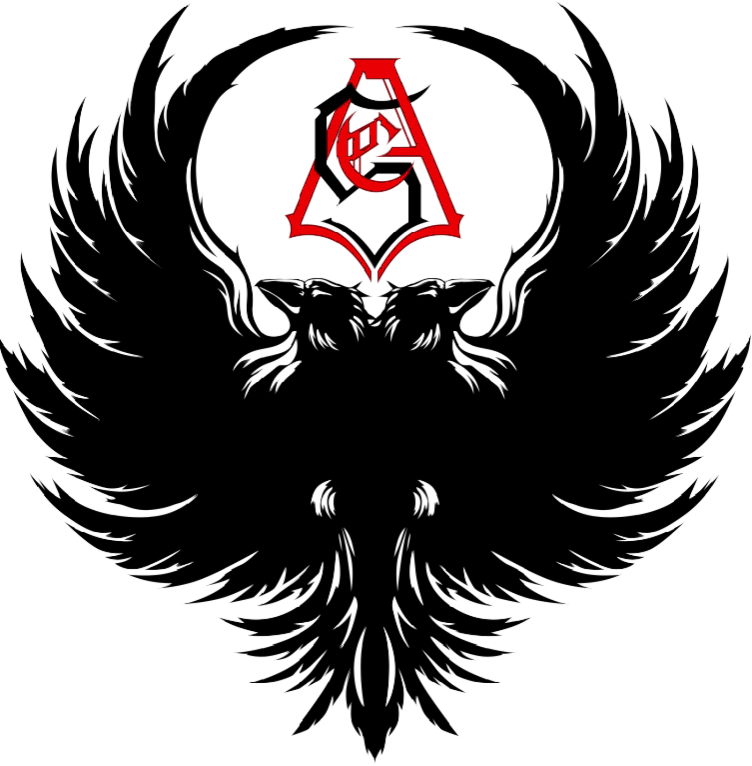For centuries, martial arts have held people’s attention, each style being an expression of the culture and philosophy from which it originated. While a long time ago martial arts were essentially about having combat skills or self-defense techniques, today they feature broader aspects in terms of developing discipline, fitness, and mental stamina. Let’s compare three popular martial arts styles—Karate, Muay Thai, and Brazilian—and their differences, techniques, and cultural elements.
Karate: Accuracy and Control
Origin: Japan-Okinawa
Style: Strikes, punches, kicks, blocks
The most prominent martial arts practice around the world, Karate is well-known for heavy strikes. This martial art follows powerful linear movements, including specific punches, kicks, and open-handed strikes. Kata, pre-arranged forms constitute significant parts of Karate: by performing kata, practitioners master their technique and mental discipline.
Karate philosophy is on self-defense to overpower an opponent effectively. Movements are often conscious and restrained, focusing first on defense and then on offense. While Karate includes sparring or kumite, it is carried out in a structured and regulated environment, where respect, patience, and perseverance abound.
Pros
Cons
Muay Thai: The Art of Eight Limbs
Country of Origin: Thailand
Key Emphasis Areas: Strikes (elbows, knees, punches, kicks), clinch work
Muay Thai is known as the “Art of Eight Limbs.” Originally from Thailand, this powerful and aggressive martial art takes its name from the eight contact points used in combat: fists, elbows, knees, and shins. It’s one of the most dynamic using a full range of body strikes rather than just fists and feet, as with many other fighting styles.
Apart from striking, Muay Thai involves clinching, close-range combat techniques wherein one slightly offsets the opponent’s balance to finish with knees or elbow strikes. Muay Thai is a favorite in mixed martial arts (MMA) because it can and does effectively both in offense and defense, particularly in close-quarters combat.
Pros
Cons
Brazilian Martial Arts: Capoeira and Brazilian Jiu-Jitsu (BJJ)
Origin: Brazil
Focus: Ground-fighting- BJ(Jiu-Jitsu); acrobatic movements-Capoeira.
Brazil is the country that is recognized to be the original state and birthplace of two of the world’s most popular forms of martial arts: Capoeira and Brazilian Jiu-Jitsu. These two models of combat differ fundamentally in techniques and philosophies.
Brazilian Jiu-Jitsu (BJJ)
Focus: Grappling, submissions, ground control
A ground-fighting martial art, the majority of its techniques rely on leverage and technique to control an opponent by forcing them into submission. That’s why many prefer it for fighting in MMA competitions because it easily neutralizes the opponent’s strength by making them submit with joint locks and chokeholds. Since striking art would imply full adrenaline release and a violent conclusion in many cases, BJJ concentrates on controlling the opponent rather than just focusing on the knockout.
Pros
Cons
Capoeira
Focus: Acrobatics, dance-like movements, kicks
It is a martial art that resembles dancing deep from African origin. It has the movement of a dance, just like a fight, but it is unique. Enslaved Africans originally developed Capoeira in Brazil. It has fluidity, acrobatic movements, and effortless continuity of motion at all times. It trains people in agility, flexibility, and creativity in combat where cartwheels, flips, and other kinds of spins are very common.
Pros
Cons
Compare the styles
Each of the arts—Karate, Muay Thai, and Brazilian martial arts (BJJ and Capoeira)—brings something different to the table depending on what you are looking for in your training.
A martial arts school is a rather broad opportunity to bring knowledge and talent in sports combat under cultivation. Schools give access to highly professional coaching, a friendly community, and scheduled training courses that are capable of elevating skills not only physically but also mentally and in the discipline. To become part of a combat sports academy is a pretty rich way to build an arsenal of self-protection tools, confidence, and competitive desires. Such an environment is rather conducive to creating like-minded people, and in this kind of space, one can contemplate the transformative power of martial arts.
Martial arts not only help children build confidence and independence but also offer various styles, like Karate, Muay Thai, and Brazilian Jiu-Jitsu, to enhance their skills. Learn more about these martial arts styles in our detailed comparison.
Frequently Asked Questions
Though different types of martial arts can be useful for self-defense, the more practical and legitimate aspects often come forth with Muay Thai and Brazilian Jiu-Jitsu. Muay Thai is naturally more efficient in striking and clinch work, while BJJ tends to emphasize ground control and submissions.
Of course, many practitioners prefer learning two or more martial arts at the same time for more expanded skill sets. But you have to be very careful not to overtrain and become proficient in each.
честные казино с быстрыми выплатами
бездепозитные бонусы казино
играть в лучшем казино на деньги
база казино с бездепозитным бонусом
онлайн казино России
casino oyunu
Martial arts may involve sparring, which can lead to injury, but most martial arts academies emphasize safety through proper instruction, protective gear, and control during exercises. Provided that one follows their guidelines carefully and addresses their concerns appropriately with instructors, the classes are safe.
Traditional martial arts tend to put more weight on history and old techniques, forms and philosophies while, so-called modern martial arts usually stress more upon practicality and competition. For instance, Karate is basically a traditional martial art, while Mixed Martial Arts (MMA) includes mixed techniques from various styles of martial arts and is often considered to be modern.






